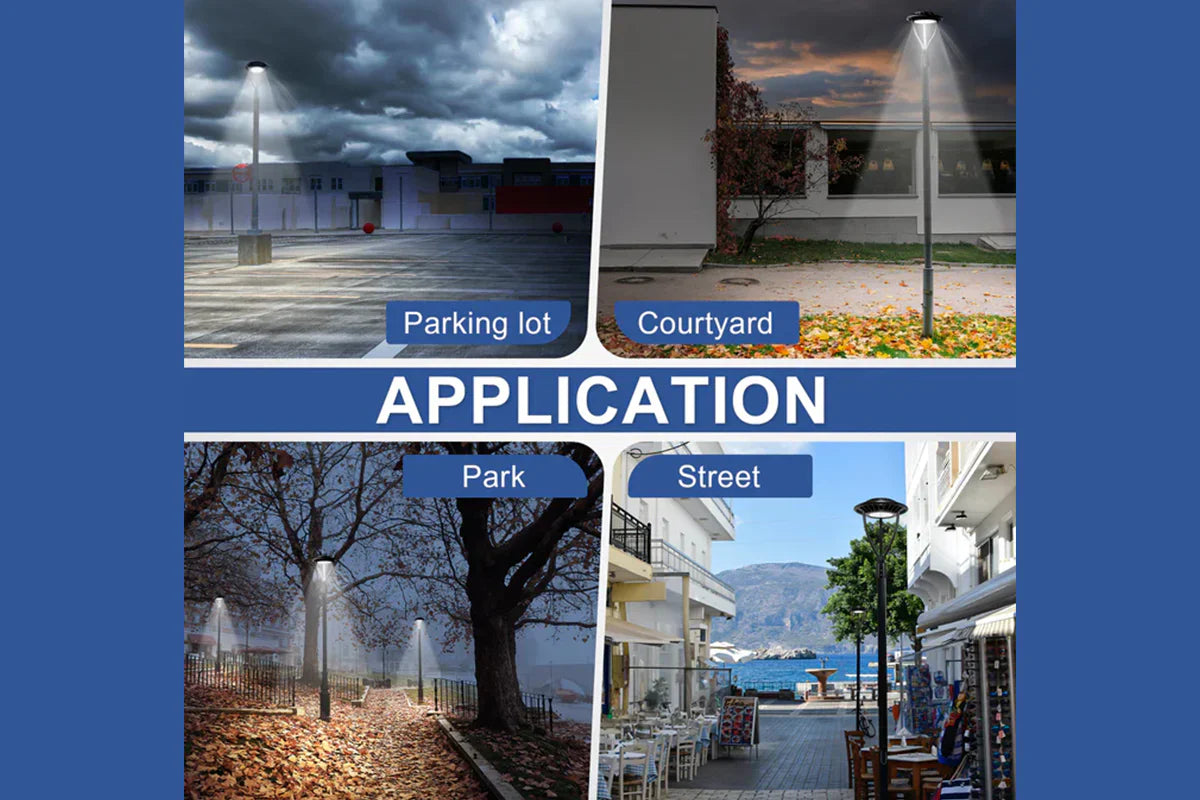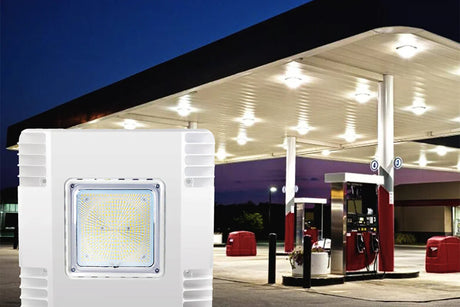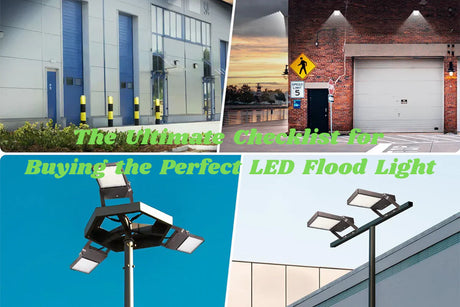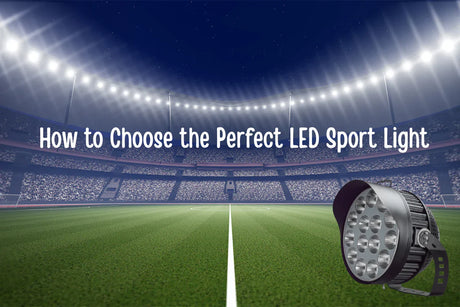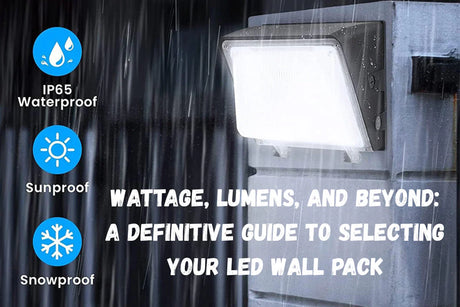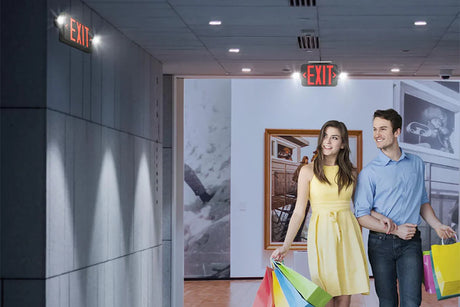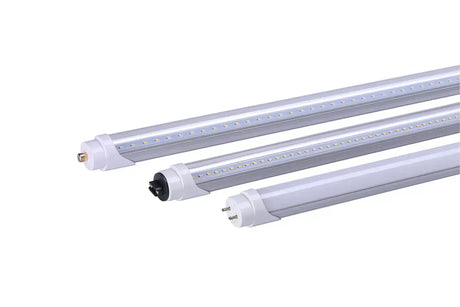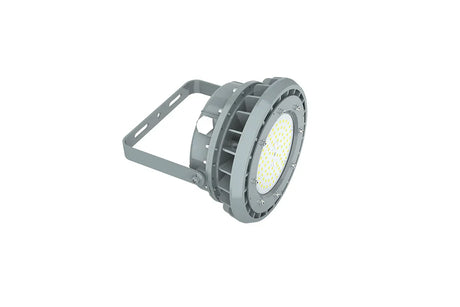Well‑designed LED post top lights are the backbone of safe, inviting campuses, parks, greenways, and downtown streetscapes. This guide distills best practices for specifiers and facility teams—and shows how LFD Lighting’s U.S.-market-ready post tops can help you meet code, improve visibility, and cut operating costs.
Explore products: LFD Lighting LED Post Top Lights
Why post tops win for campuses and municipalities
- Pedestrian-first visibility: Even, comfortable light for walkways, quads, plazas, and transit stops.
- Place-making: Scaled luminaires define character without towering poles or harsh glare.
- Energy + maintenance savings: Modern LED engines, high-efficacy optics, and long L70 reduce TCO.
- Controls compliance: Photocells, 0–10V dimming, motion sensing, and networked control readiness.
Key design decisions
1.Optics
- Type III (forward throw): Best for paths, promenades, streetside sidewalks—keeps light on the route, minimizes spill into residences.
- Type V (symmetrical): Ideal for quads, plazas, pocket parks, and small parking areas—uniform circular coverage around the pole.
2.Pole height, spacing, and light levels
Typical heights: 10–16 ft for pedestrian zones; 14–18 ft when you need wider spacing.
Starting points:
- Average horizontal illuminance: 0.5–1.0 fc for pedestrian walkways and parks.
- Uniformity (avg/min): ≤4:1 helps avoid dark spots and eye strain.
- Vertical illuminance at eye height: Support facial recognition for security cameras and wayfinding.
Quick rule of thumb: For Type V optics at 12–14 ft MH, test spacings of 3–4× mounting height, then refine with photometric software.
3.Color quality and CCT for comfort
- 2700K–3000K: Residential streets, campus housing, historic districts; warmer feel and better community acceptance.
- 3500K–4000K: Municipal cores, retail corridors, high-activity areas; balanced visibility and crisp contrast.
- CRI/TM-30: CRI 70–80 (or higher where color discernment matters); look for strong TM‑30 fidelity (Rf) and gamut (Rg) when available.
4.Dark-sky and neighbor-friendly design
Target BUG ratings with U0 to eliminate uplight; use full cutoff post tops or internal shielding.Deploy house-side shields where backlight trespass could impact residences.
5.Controls that meet code and cut costs
- Photocell only: Simple dusk-to-dawn compliance for IECC/Title 24.
- Bi-level with occupancy sensing: Dim to 20–50% when empty; ramp up on approach for pathways and trails.
- Networked controls: ANSI C136.41 (NEMA 7‑pin) gives you asset management, schedules, and demand response; can support utility programs and Smart City pilots.
- Dimming: 0–10V standard on most municipal specs; ensure low-end trim is stable in cold conditions.
6.Electrical and Durability
- Input voltage: 120–277V for most campuses
- Power quality: PF ≥0.9 and low THD to protect electrical infrastructure.
- Surge protection: 10kV standard; 20kV advisable in lightning-prone areas or older grids.
- Environmental ratings: Aim for IP66 ingress protection; IK09–IK10 impact resistance for vandal-prone zones.
- Materials/finish: Die-cast aluminum, UV-stable optics, TGIC powder coat; marine-grade options for coastal municipalities.
FAQ: Campus and Municipal Post Top Lighting
Q:Which CCT is best for parks and quads?
A:3000K is widely accepted for comfort and dark-sky alignment; 3500–4000K suits active municipal cores.
Q:How tall should poles be?
A:10–16 ft is typical for pedestrian areas; confirm spacing and glare via photometrics.
Q:Are post tops dark-sky compliant?
A:Select full-cutoff optics with U0 uplight; keep CCT ≤3000K where required.
Q:Type III or Type V?
A:Type III for linear routes; Type V for open spaces.

